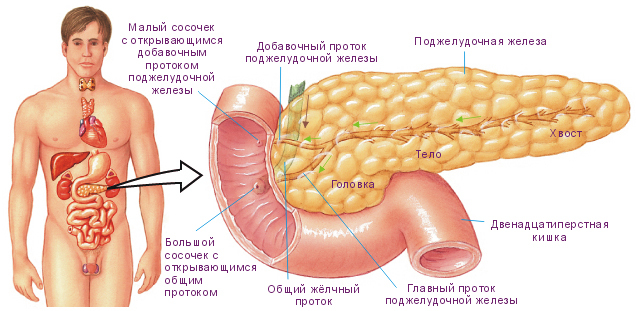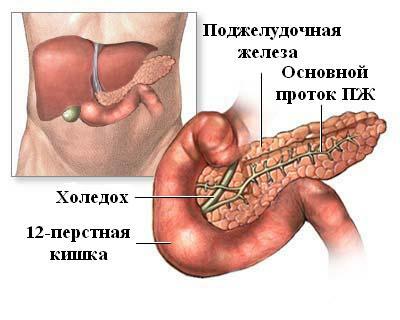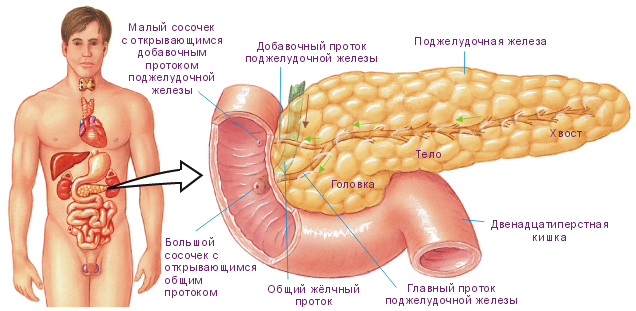How to detect the pancreas cyst and cure it?
The pancreas cyst is a fairly common pathology.
This is due to the fact that among the causes that cause it, there is a wrong diet, and bad habits inherent in many, accidental injuries, pancreatitis and congenital anomalies.
There are several types of formations that differ in the location of the organ( in the head, body or tail of the gland), in nature and in the way the pathology occurs.
Treatment depends on many factors. If the education is small and does not grow further, then you can use folk remedies, periodically monitoring the specialist.
Sometimes, surgical intervention or medication may be necessary.
Features of pathology
Contents:
- Features of pathology
- Symptoms and diagnosis of pancreatic pancreas
- Treatment of the disease and possible prognosis
The cyst is an independent cavity that is filled with liquid.
Pancreatic formations contain a mixture of enzymes secreted by the organ, or necrotic tissue.
Classification identifies true and false cysts. True( dysontogenetic) are congenital formations that are laid down during the formation of the organ during the perinatal period of development.
The walls of the true cyst are lined with epithelial tissue. Dizontogenetic formations are often found by chance, because their dimensions are generally very small, and because of their small size they rarely bring discomfort and do not have pathological effects.
But if the cyst was formed due to the obstruction of the pancreatic duct, accompanied by the accumulation of secretion, then a chronic inflammatory process will develop, which often leads to complications( cystic fibrosis).
False cysts are formed during the life of the patient. In its structure it differs from the true one: its walls are lined with fibro-modified tissue.
In addition, often changes the structure of adjacent to the formation of the tissues of the gland itself and other adjacent organs( stomach or large intestine).
The following factors provoke the appearance of false cysts:
- trauma and hemorrhage in the gland tissue;
- disorders in the body caused by malnutrition or bad habits;
- pancreatic diseases affecting its structure: pancreatitis, acute and chronic pancreatitis, pancreatic necrosis.
There is also a classification that takes into account the localization of formations. Cysts - both true and false - can be located in any part of the body( from the head to the tail of the gland).
Different locations cause different symptoms, but in order for it to manifest itself, the cyst should develop to a decent size.
For example, a large formation in the head of the pancreas can cause severe pain in the pit of the stomach, and the pancreatic tail cyst often causes pain in the left hypochondrium.
The nature of the formations can also be different.
Classification highlights:
- benign formulations;
- precancerous;
- malignant formation.
Cancer forms of this disease are prone to metastasis, so if pathology is detected, treatment should be done quickly.
Regardless of the nature of the cysts, there can be either one neoplasm in the organ or several.
Their sizes vary - from small( several millimeters) to giant ones - more than 10 cm in volume. The consequences of rupture of the cyst will lead to peritonitis.
Symptoms and Diagnosis of Pancreatic Cysts
In the initial stages of development, cysts usually do not show symptoms, because the small size of the formation does not cause changes in the functioning of the organ( except when there are many formations in the gland).
If the symptoms are manifested, it means that the size of the cyst has become palpable. In this case, do not use the treatment of folk remedies, but should consult a specialist.
In critical situations, one can not delay a visit to the doctor, since the problem may worsen with time, which is especially dangerous in cases where the formation has a precancerous or cancerous form.
The main sign of the emergence of education in the pancreas is the presence of pain in the right or left hypochondrium( depending on the location of the formation: in the head, body or tail organ).
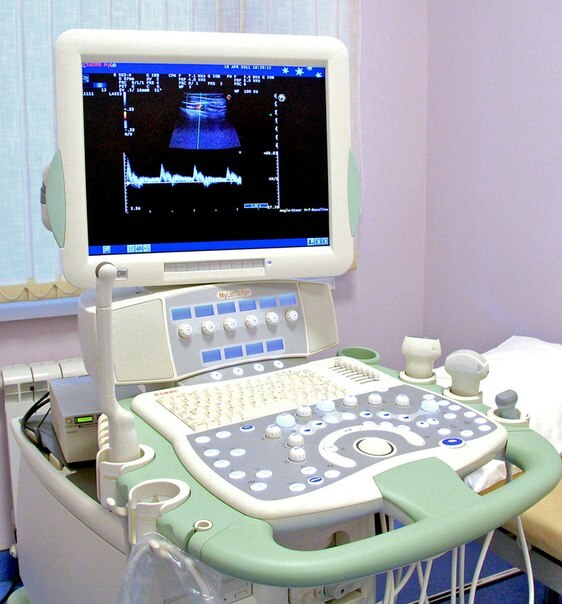
Sometimes painful sensations are localized in the navel or are shrouded in nature.
Pain is permanent or paroxysmal and worsens during exercise and after eating.
Also often there is nausea, vomiting, and appetite decreases. There may be a feeling of pressure in the abdomen.
Sometimes pathological formation contracts the ducts of the gland or presses on neighboring organs, provoking various complications.
For example, the cyst of the head of the pancreas can constrict the biliary tract, which leads to a complex of disorders: mechanical jaundice, duodenal stenosis and frequent vomiting.
Cal will become lighter, and urine, on the contrary, will darken.
Especially dangerous is the situation when the cyst ruptures, during which its contents spread over the abdominal cavity. The rupture is often accompanied by internal bleeding.
In this case, the pain symptoms will be strongly pronounced. The patient pales, feels sharp pain and weakness and loses consciousness.
Despite the fact that the symptoms of the pathology are quite nonspecific, it is easy to diagnose it. For this you need to undergo ultrasound.

Sometimes endoscopic ultrasound is used, which will help determine the nature of the formation( malignant or not).
A large cyst can be found on palpation. Sometimes the patient himself may even notice a bulge. It often is painful and looks like a seal in the abdominal cavity.
Pancreatic tail cysts and formation in the gland's head will be especially painful.
Treatment of the disease and possible prognosis
Treatment depends on the characteristics of the disease. If the pancreas cyst is small in size( less than 3 cm), does not have a precancerous or cancerous form and does not bring discomfort, then most likely, experts recommend that you just pass periodic checkups periodically to exclude further growth of the cyst.
In such cases, a person can take advantage of folk remedies.
Treatment with folk remedies most often involves the use of herbal teas or decoctions.
A collection of calendula, celandine and yarrow is considered useful.
The main component is calendula, which has pronounced anti-inflammatory, healing and choleretic effects.
Another useful for the pancreas is the leaves of the berries of blueberries, currants and cowberries. To prepare a decoction, these ingredients must be mixed in equal proportions.
Each time you have to brew fresh tea or a decoction - for this teaspoon of the resulting mixture you need to pour 250 ml of boiling water. Such teas should be drunk for half an hour before each meal during a month.
To treat a cyst with folk remedies, you can take a mummy. It is recommended to dissolve it in aloe juice( enough piece is not more than a match head) and take 10 days every morning on an empty stomach.

Folk remedies are designed not so much to treat cysts as to delay their development, therefore, preventive examinations at the doctor should not be canceled.
Often there are cases when a false cyst resolves itself after 3-4 months after an exacerbation.
When education has become large and interferes with the normal functioning of organs, treatment will be comprehensive.
The most effective treatment is often the removal of the pancreatic cyst.
In parallel, drug therapy is used to eliminate symptoms and compensate for functional disorders in the work of affected organs.
Treatment of a cyst by surgery means emptying its cavity( drainage).
As a rule, laparoscopic drainage is used for this - a similar minimally invasive operation rarely gives complications.
If the cyst is inflamed and pus is present or the bile duct is compressed, laparotomic dissection of the formation and its endoscopic drainage is performed.
Another type of surgical intervention - cystoenterostomy - involves opening the cyst and draining, after which it is connected to the small intestine.
A similar operation is performed when the formation blocks the pancreatic duct. If the cyst is small and mobile, then it can be cut without using drainage.
In the case of malignant formation, a cyst is resected with a part of the pancreas. This is the most complicated operation.
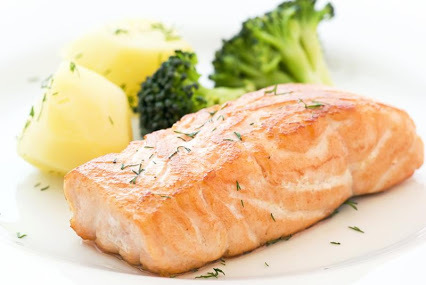
Diet in the pancreas cyst is a prerequisite for recovery.
It excludes products that increase gas generation and enhance the release of enzymes, as well as alcohol, coffee and nicotine.
When a diet needs:
- drink plenty of water;
- eat flour products;
- use boiled or steam fish;
- to eat beef, rabbit meat and poultry without skin;
- prepare soups without broths;
- use cereals;
- has eggs.
Pancreas cyst is a special pathology, the development forecast of which can be difficult to compile. Education can live in the human body for many years or dissolve by itself.
Sometimes there is enough treatment with folk remedies, and sometimes even after surgery cysts return again.
It is necessary to carefully monitor the process and take seriously this pathology.
With adverse development, complications can be quite dangerous, but modern medicine has many tools and capabilities to help cope with the problem and reduce the negative effects of the disease to a minimum.
Remember that a favorable prognosis and competent treatment depends on how strictly the patient adheres to the recommendations and prescriptions of the doctor.

